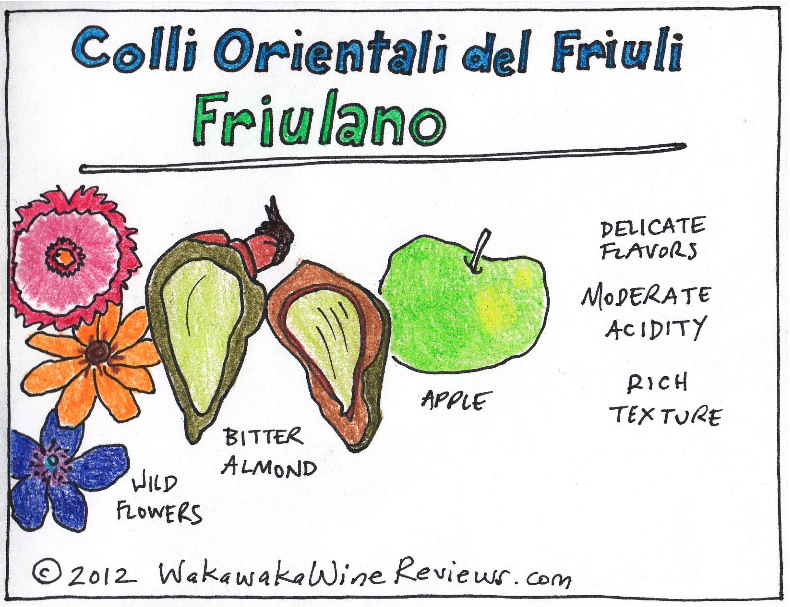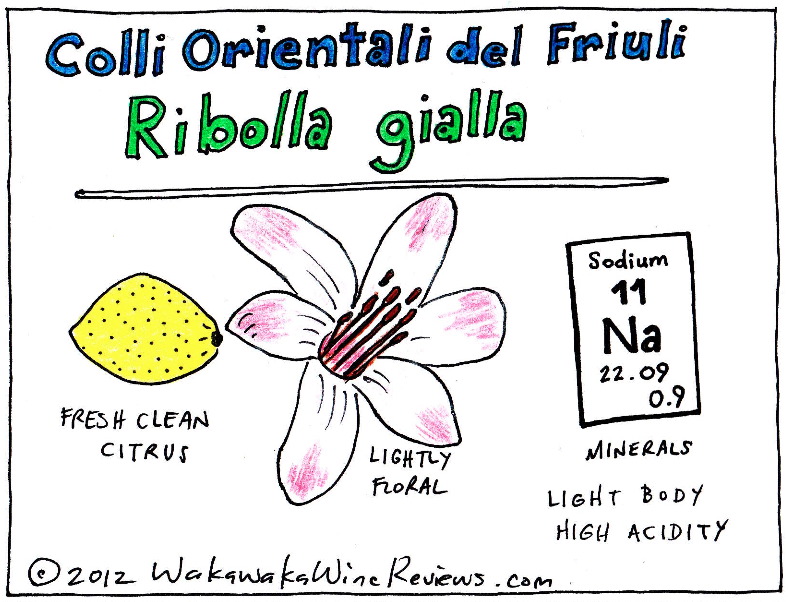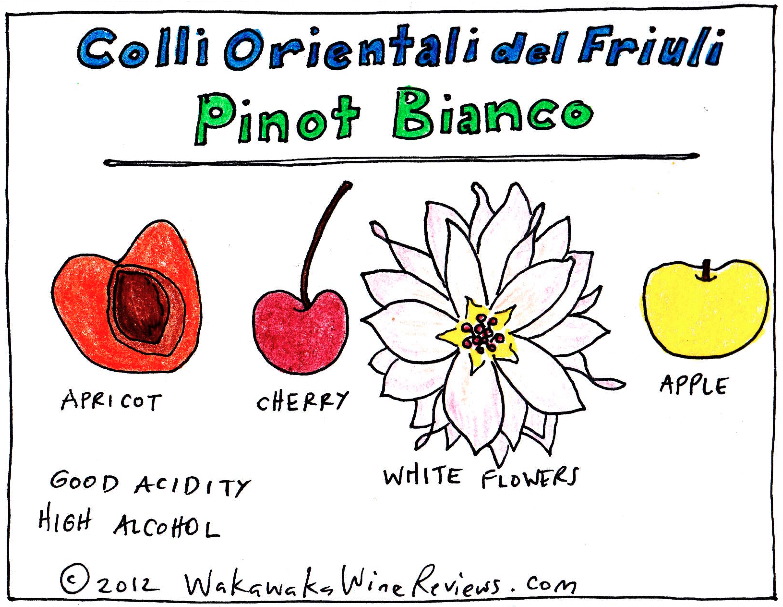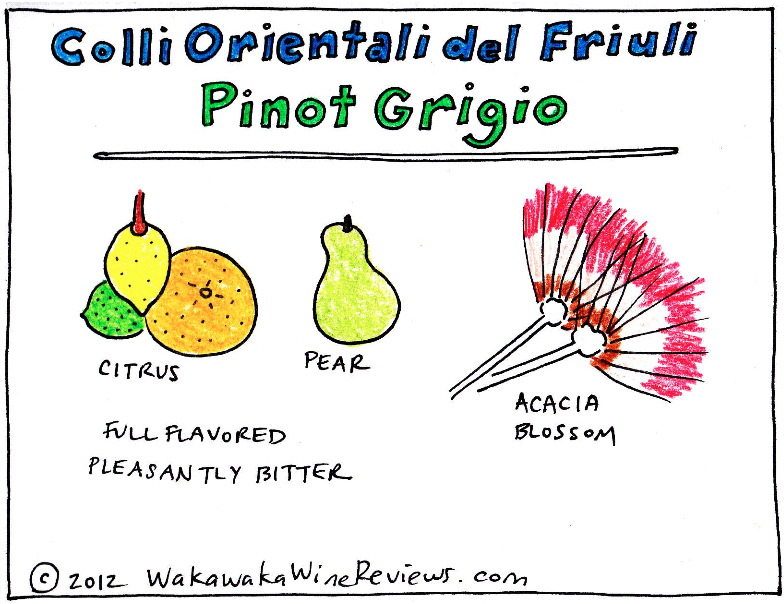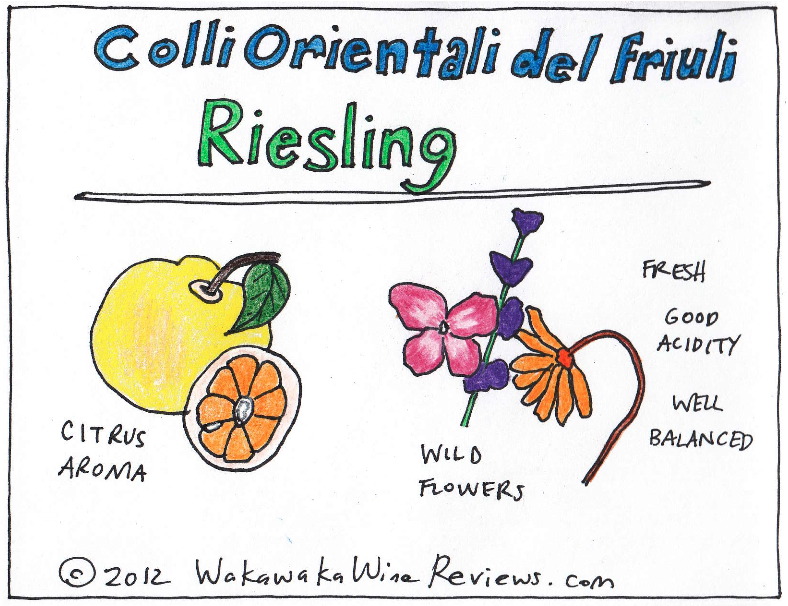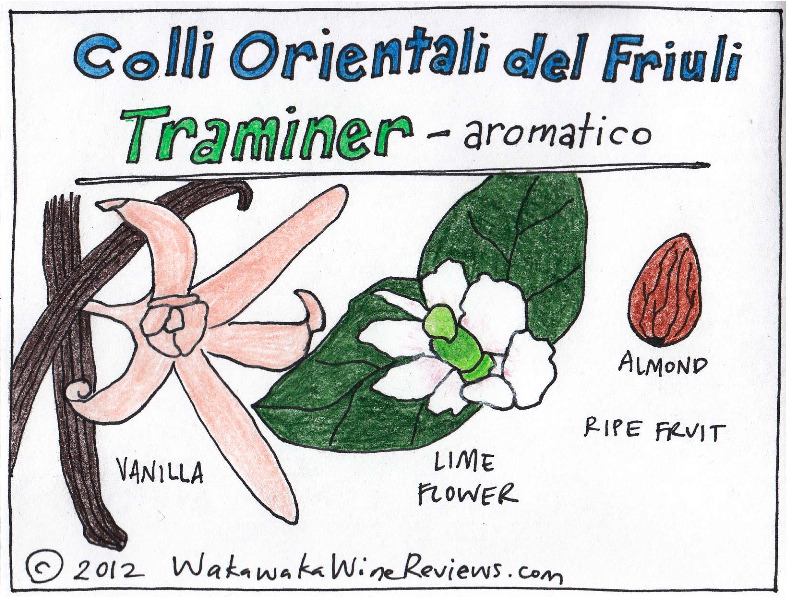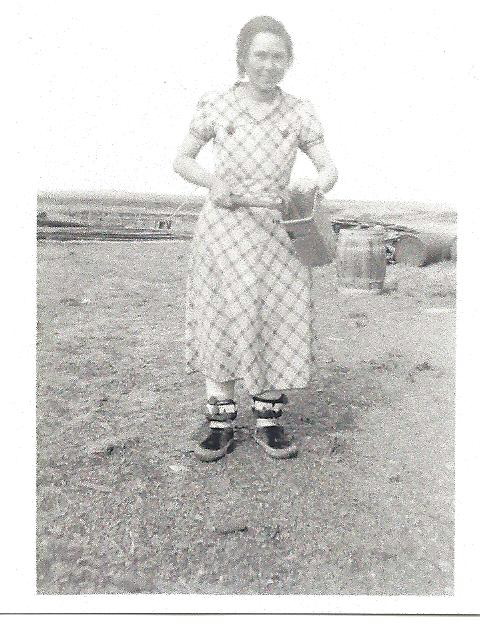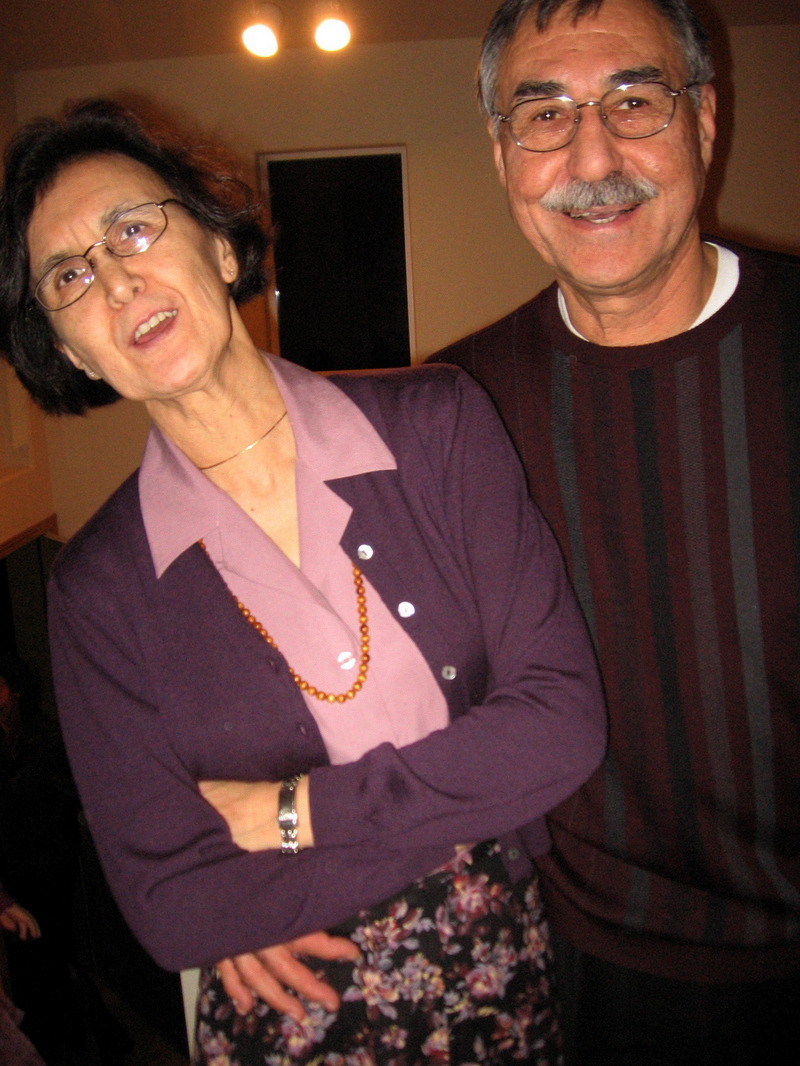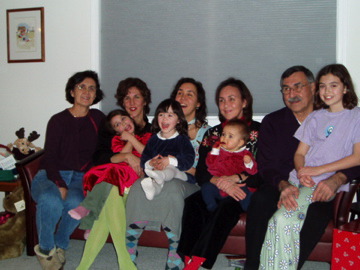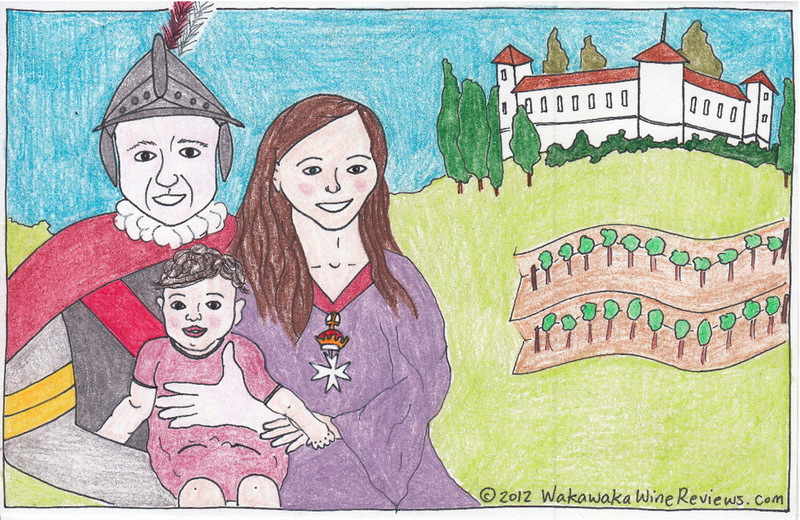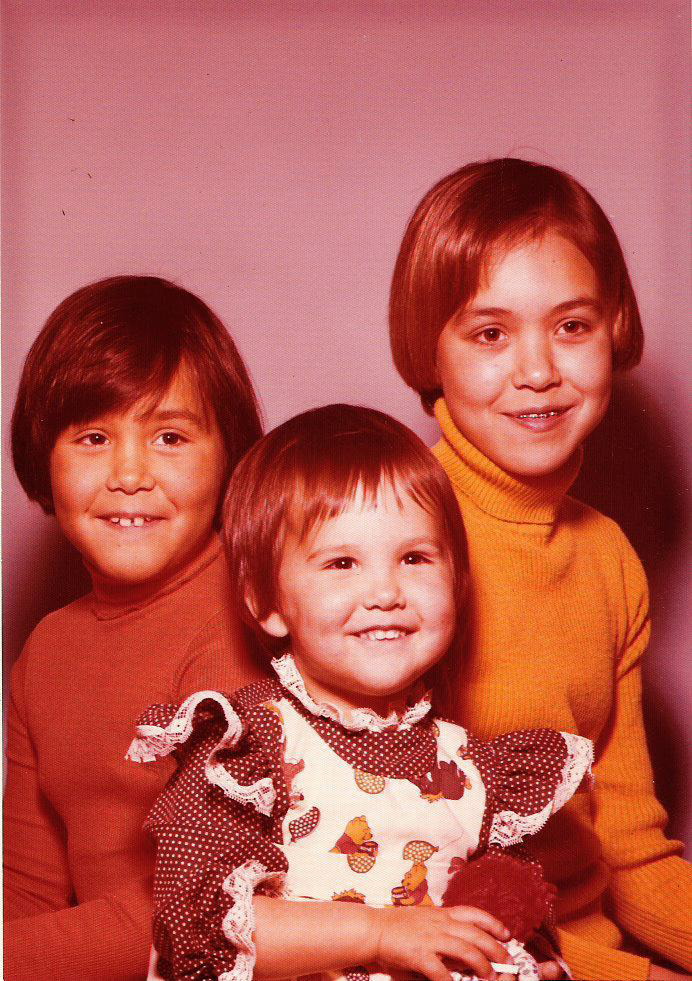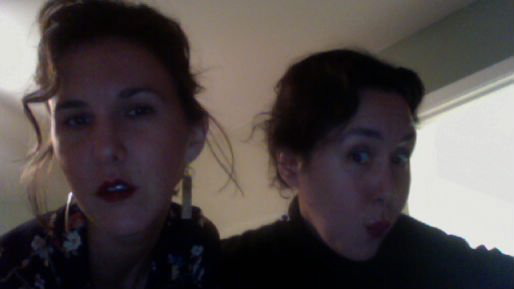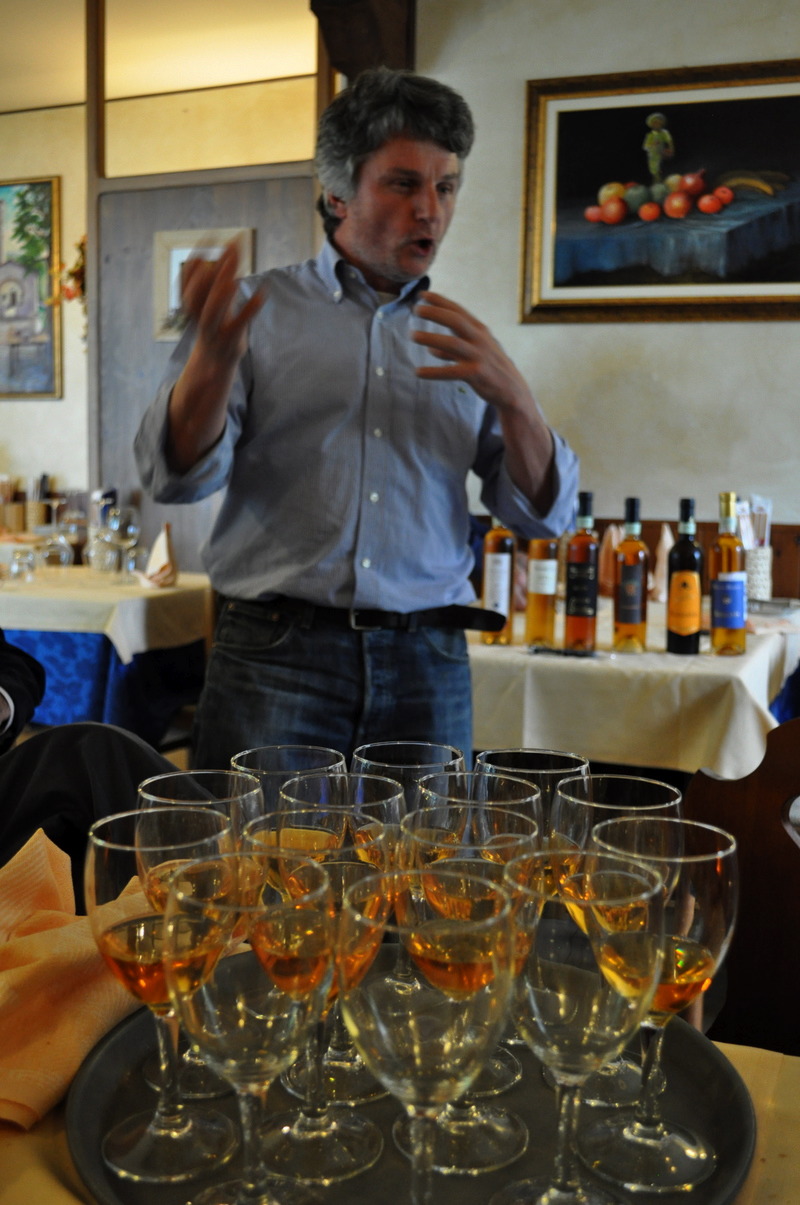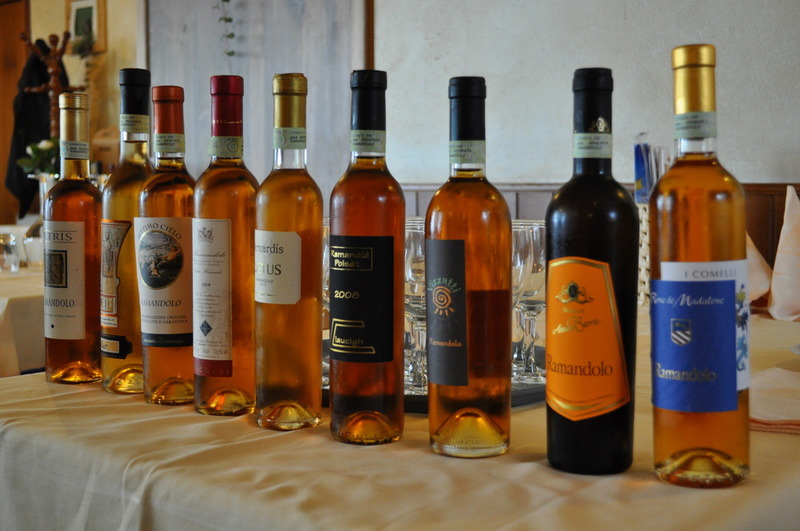Crush Wine Bistro and Cellar, Anchorage
The entrance to Crush Bistro and Cellar, downtown Anchorage
As I mentioned yesterday, Alaska’s wine culture has tended towards a strong California focus. There are some restaurants that have brought in French wine choices but the distributors to the state have tended to most readily sell California, and bulk selections. The quality of bottles available in wine shops has correlated with this phenomenon, obviously. Visiting Anchorage in the past has tended to mean going to larger wine shops with the expectation of finding a couple of bottles out of the several thousand that would satisfy during a brief visit; or, better to just go ahead and focus instead on beer. Anchorage likes its beer. (There are a number of local microbreweries and a pretty good selection of micro-brew beers from around North America, considering the remoteness and size of the city. For a nice in-shop example of micro-brews not only in the bottle but also on tap check out La Bodega’s new location off Benson. They’re also just real sweethearts in there.)
entering Crush Cellar, ironically named as it sits above Crush Bistro
A couple of years ago, owners Robert di Lucia, Chad Culley, and Scott Anaya decided to open Crush Bistro right in downtown Anchorage in order to focus on a smart wines by the glass list and light food fare to pair alongside. Their wine selection intended to offer a range of quality choices, mostly imported, from more expensive vintage bottles to high value affordable glasses.
Crush Bistro stands out as unique in Anchorage for at least two reasons–there are no other true wine bar locales in the city, and their selections are primarily imported. Anywhere else you really are going to a restaurant hoping to hop a spot at their bar for only a glass of wine, or suffering through a louder atmosphere with less selection. The Bistro offers a quiet, easy going wine bar atmosphere right in downtown with the ambiance that allows conversation, and a wine list that gives you options.
The wine miracle steps in here in that I’ve gotten used to either putting my wine love on 4×4 ultra-low gear to get through the rough spots of the wine selection up north (I learned how to drive on a 1976 F250 no-automatic-anything Ford Pickup truck in the middle of no where Alaska, then spent the next decade driving such trucks through mud and over rocky beaches so my metaphors here are legit), or to bringing up gifts on my own via luggage when visiting. In the last two years since my previous visit, however, Chad, Robert and Scott have extended their Crush Bistro project into their upstairs and focused on developing a retail location with a primarily imported wines focus.
For those of you unaware, distributing routes through Alaska for wine are fairly limited, though some distributors have started bringing both Kermit Lynch and some North Berkeley Imports into the state more recently. Most shops, then, simply sell what is readily available via local distributors. Crush owners have been able to expand their options, however, by working directly with importers to make wine selections–even flying to the East Coast to do tastings on new releases they might be interested in purchasing–and then connecting with a local distributor to arrange for them to be the legal in between to bring the wine to the shop in Anchorage. As a result, Robert and Scott have been able to secure a wine selection in Anchorage that truly is a niche market, with a portion of their wines being exclusive in the area to their shop. The selection is appropriately small for how long the shop has been open, but the quality for their size is excellent, and they do well at balancing good value wines at an affordable price point with both some obscure selections, and some investment pieces. I even spotted bottles in shop that I’ve read about and not seen for sale elsewhere.
I talked to Chad, one of the Crush Cellar owners, for a while and questioned him on how they connect to clientele for the shop. As I said, some of their bottles are honestly obscure, and Alaska is used to more domestic fare. As he pointed out, because they’re the only shop in town that focuses primarily on imports they have a niche market. But further they do well too at focusing on education. In the center of their shop they have two large wood stands. On one all of the wines available on the Bistro by-the-glass list are showcased for retail sale. On the other wine club bottles are shown. The brilliant choice they’ve made for their wine club is to focus thematically rather than merely on cash cow bottles. That is, Crush’s wine club is meant to encourage their customers to try and learn about unique regions. Last month’s selection brought together wines from Austria and as a result this month they’ve been trending Austrian wine sales.
My only complaint with Crush Cellars is that I went back to purchase an older French Cabernet Franc from them and someone else bought the last bottle a mere 20 minutes before I got there.
Congratulations on your excellent venture, Chad, Robert and Scott. I’m thrilled to know you’re up there! Chad, you were a pleasure to talk to both about your shop, and about wine in general. Thanks!
***
Post edit: In my original post I didn’t mention Chad as one of the owners. I’ve updated to include this information.















